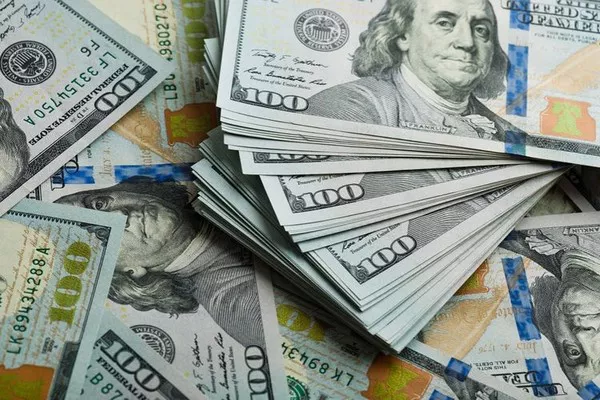In the dynamic landscape of global finance, the fluctuation of currency values is a critical aspect that directly impacts economies, businesses, and individuals. Recently, one noteworthy trend has been the strengthening of the US dollar against the euro. This phenomenon has sparked widespread interest and debate among economists, investors, and policymakers alike. In this article, we will delve into the multifaceted reasons behind the surge in the dollar’s strength against the euro.
Economic Disparities:
One of the primary drivers behind the strengthening dollar is the economic disparities between the United States and the Eurozone. The US economy has demonstrated resilience and robust growth in recent years, outpacing many European economies. Factors such as a strong labor market, increased consumer spending, and a thriving tech sector have contributed to the overall economic vitality of the United States.
Conversely, the Eurozone has faced challenges, including slow economic growth, persistent unemployment issues, and structural challenges within the European Union. These economic differences create an environment where investors perceive the US as a more attractive and stable market, leading to increased demand for the dollar.
Interest Rate Divergence:
Interest rates play a pivotal role in influencing currency values. The divergence in monetary policies between the US Federal Reserve and the European Central Bank (ECB) has been a significant factor contributing to the strengthening of the dollar against the euro.
The Federal Reserve has adopted a more hawkish stance, gradually increasing interest rates to control inflation and support the strong economic performance of the United States. On the other hand, the ECB has maintained a dovish approach, keeping interest rates low to stimulate economic growth in the Eurozone. This interest rate differential creates an incentive for investors to seek higher returns in the US, leading to increased demand for the dollar.
Trade Imbalances:
Trade imbalances between the United States and the Eurozone also play a role in the currency dynamics. The US has been experiencing a trade deficit with the Eurozone, meaning it imports more goods and services from the Eurozone than it exports. While a trade deficit can put downward pressure on a currency, other factors such as strong economic fundamentals and investor confidence can offset this impact.
Moreover, the United States has been leveraging its energy production capabilities, becoming a net exporter of energy. The energy boom has contributed to a positive trade balance in the US, further strengthening the dollar. In contrast, the Eurozone has not witnessed a similar surge in energy production, leading to a less favorable trade balance and a weaker euro.
Geopolitical Factors:
Geopolitical events and uncertainties can significantly influence currency movements. The political stability of the United States, coupled with its status as a safe-haven asset, has attracted global investors seeking refuge from geopolitical uncertainties. The Eurozone, facing challenges such as Brexit and internal political tensions, has seen a decrease in investor confidence, contributing to the strengthening of the dollar.
Additionally, trade tensions between the United States and other major economies, including China, have led investors to perceive the dollar as a safer asset amid global uncertainties. The euro, being closely tied to the economic fortunes of the Eurozone, faces higher volatility in the face of geopolitical challenges.
See Also How Much Is A 1976 Two Dollar Bill Worth
Market Sentiment and Speculation:
The foreign exchange market is highly influenced by market sentiment and speculative activities. Traders and investors closely monitor economic indicators, geopolitical events, and central bank statements to make informed decisions. The perception of a stronger US economy and a more stable political environment has fueled positive sentiment toward the dollar.
Speculative trading, including currency carry trades, where investors borrow in low-interest-rate currencies to invest in higher-yielding currencies, has also contributed to the strengthening of the dollar. The sheer volume of transactions in the forex market amplifies the impact of market sentiment, leading to significant fluctuations in currency values.
Conclusion:
The strengthening of the US dollar against the euro is a complex interplay of economic, monetary, geopolitical, and market sentiment factors. While the economic disparities and interest rate differentials between the United States and the Eurozone are fundamental drivers, other factors such as trade imbalances, geopolitical uncertainties, and market speculation contribute to the overall trend.
Understanding the dynamics of currency movements is crucial for businesses, policymakers, and investors to make informed decisions and navigate the global economic landscape. As the situation continues to evolve, staying attuned to these factors will be essential for anticipating future developments in the foreign exchange market.


